
Modern homes demand modern solutions—especially when it comes to sustainability. Traditional furniture is out of step with green living. Compressed sofas may be the breakthrough we need.
Compressed sofas are a greener furniture choice because they reduce packaging waste, cut carbon emissions, optimize space, and use recyclable materials—without sacrificing style or comfort.
Living sustainably doesn’t mean giving up convenience or design. With compressed sofas, it’s possible to enjoy both. Let’s explore why they’re quickly becoming a favorite for eco-conscious homeowners.
How does compressed sofa packaging help reduce waste?
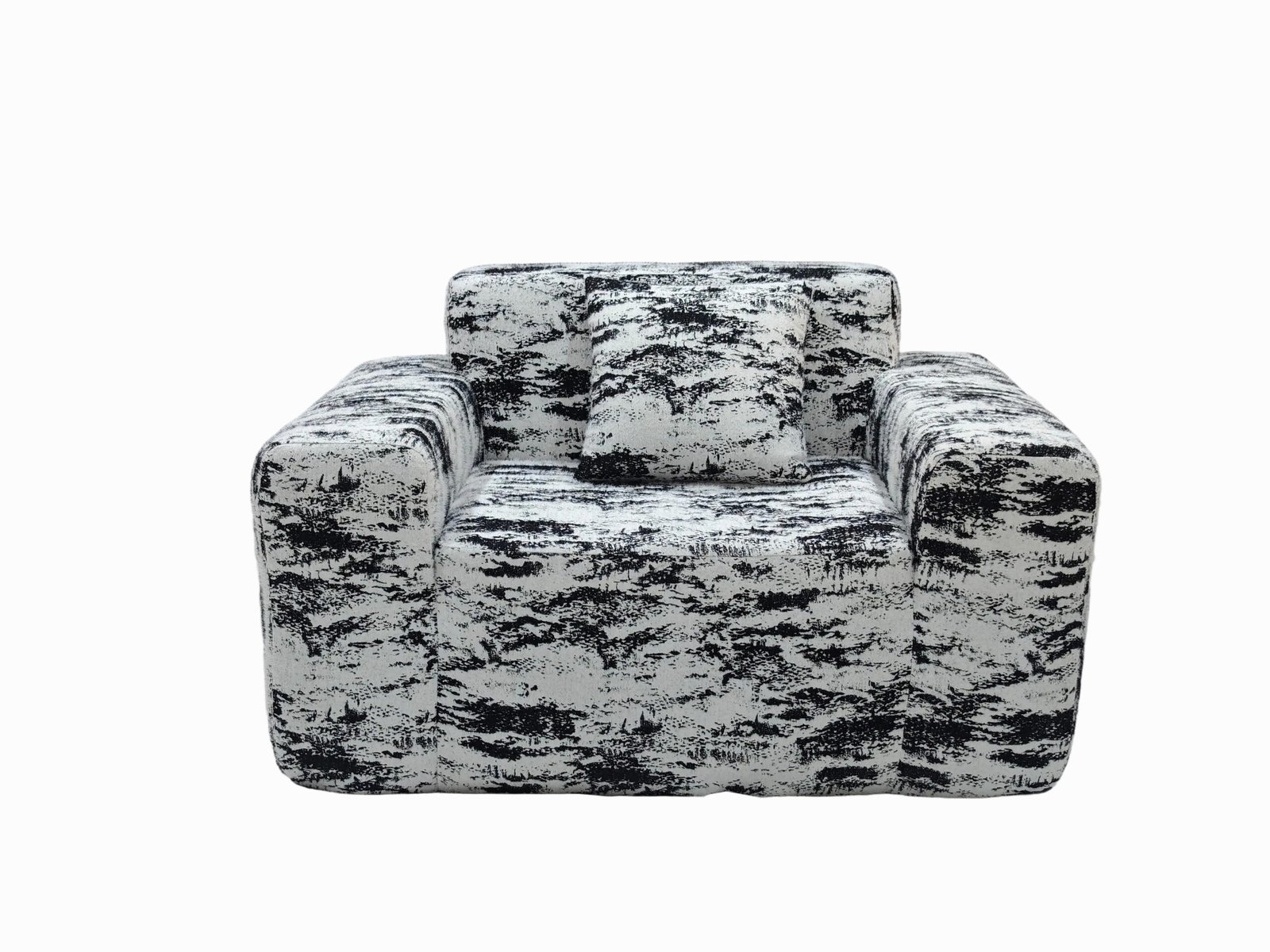
Unboxing traditional furniture often feels like swimming in a sea of foam and plastic.
Compressed sofas use tightly packed, minimal packaging—cutting down on cardboard, plastic, and landfill waste.
In my factory, we’ve reduced our packaging material usage by more than 60% by vacuum-sealing and shrink-wrapping sofas. Instead of large boxes and corner protectors, we use streamlined recyclable wrap and reusable spacers.
Packaging Comparison
| Feature | Traditional Sofa | Compressed Sofa |
|---|---|---|
| Packaging Size | Bulky full-frame boxes | Compact vacuum-sealed rolls |
| Materials Used | Foam, cardboard, tape | Minimal film + eco wrap |
| Waste Volume | High | Low |
Less packaging = less cost, less waste, and a cleaner future.
What role does transportation play in a sofa’s carbon footprint?
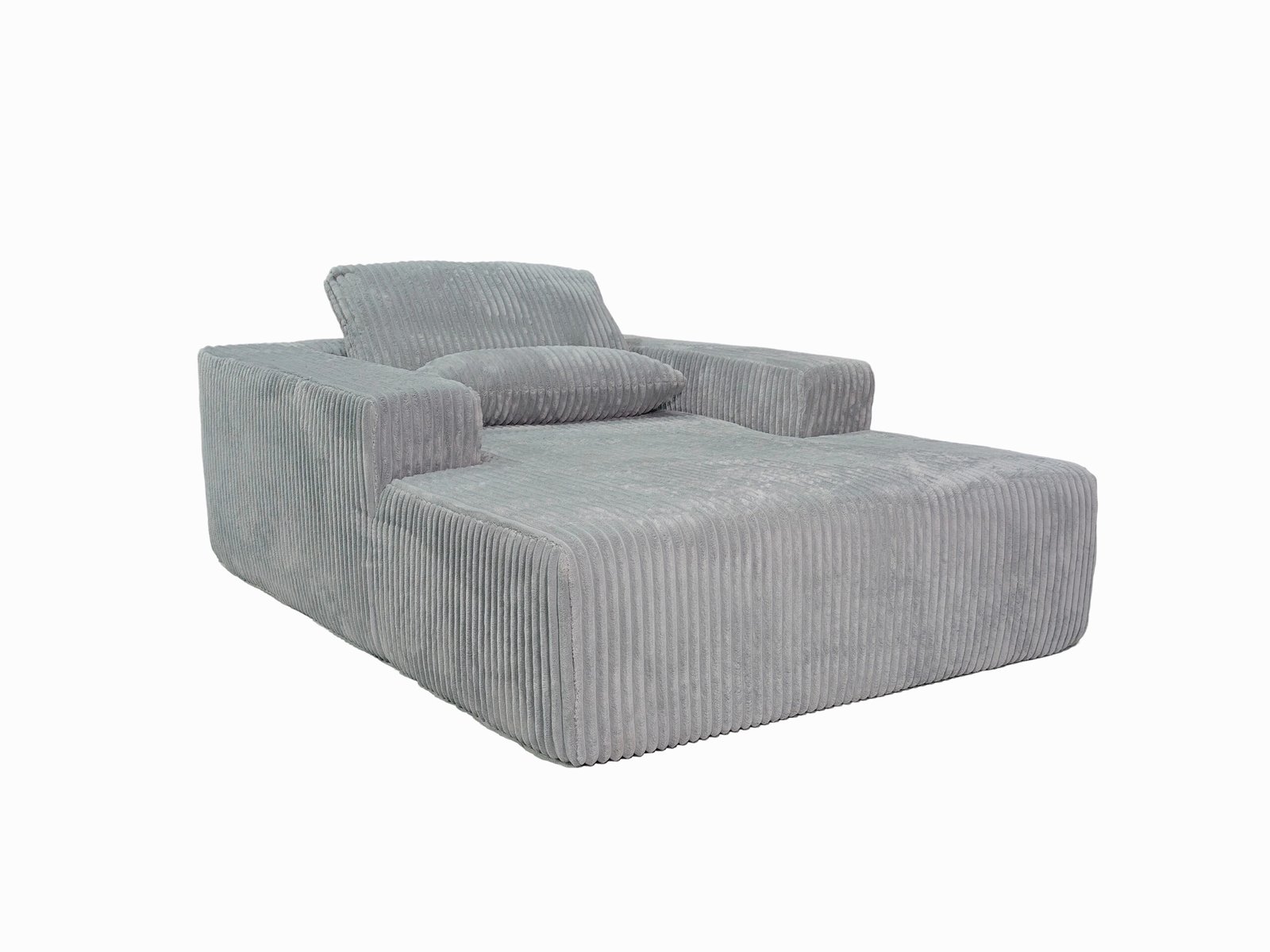
Moving bulky furniture burns fuel. Lots of it.
Compressed sofas reduce carbon emissions by fitting more units into fewer shipments, cutting down on fuel use and delivery trips.
From my own shipping data, we increased our container capacity from 70 units to over 250 just by switching to compressed models. That’s three fewer containers for every 250 sofas delivered.
- Lower fuel per unit
- Fewer delivery miles
- Less packaging weight
Real-World Impact
- 1 compressed sofa = ~0.3 m³
- 1 traditional sofa = ~1.2 m³
- 1 truckload = 300 compressed vs 80 traditional
It’s not just good logistics—it’s a meaningful climate win.
Are compressed sofas better for small and energy-efficient homes?
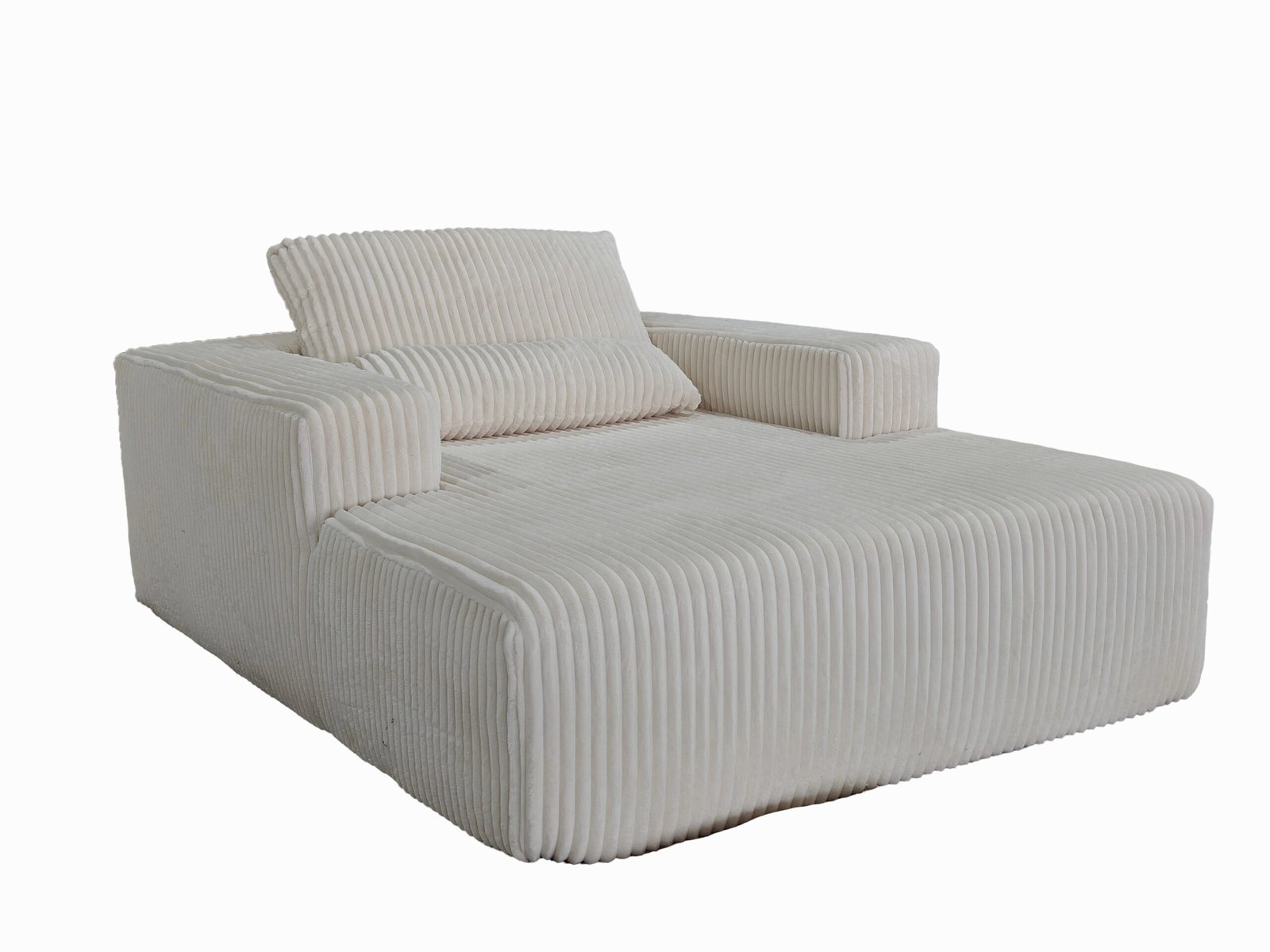
Eco-friendly homes are getting smaller. But traditional sofas haven’t caught up.
Compressed sofas are a perfect match for small living spaces, offering compact storage and easy mobility.
Whether it’s a downtown condo or a tiny home in the suburbs, compressed sofas make life simpler. They arrive in a box small enough to fit through narrow doors and staircases, reducing the energy and labor needed for moving or setup.
Benefits for Modern Homes
- No need for elevator bookings
- Fits in hybrid car trunks
- Can be stored seasonally
For people who move often or live in tight quarters, these sofas save space, time, and effort.
What kind of materials are used in compressed sofas?

Sustainability isn’t just about what a product does—but what it’s made of.
Most compressed sofas use lightweight, recyclable materials like engineered wood, recycled foam, and OEKO-TEX® certified fabrics.
We use:
- FSC-certified plywood
- Soy-based foam blends
- Recycled PET fabric
- Water-based adhesives
These materials reduce deforestation, energy use, and indoor pollutants.
Sustainable Materials Breakdown
| Component | Eco Option Used | Benefit |
|---|---|---|
| Frame | Engineered wood | Lighter, less deforestation |
| Foam | Recycled or bio-foam | Less petroleum, less waste |
| Fabric | Recycled polyester | Diverts plastic from oceans |
| Glue | Water-based adhesives | Healthier indoor air |
Better inputs mean a smaller footprint from the start.
How long do compressed sofas actually last?
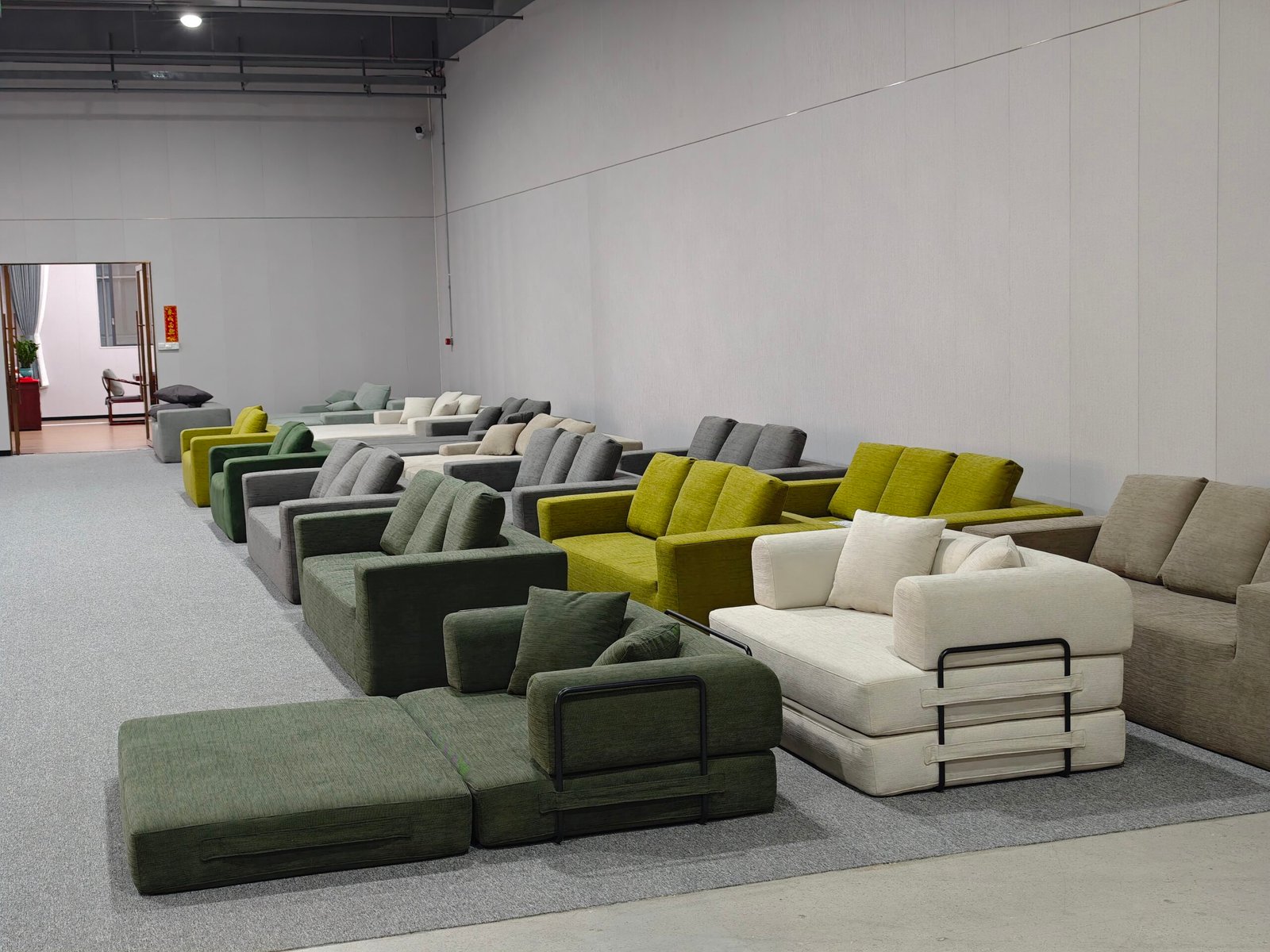
People worry “compressed” might mean “cheap.” But that’s far from the truth.
Well-built compressed sofas are just as durable as traditional ones—and their modular parts make them easier to repair or upgrade.
I’ve seen compressed models in client homes last 8–10 years with regular use. The key is high-resilience foam and frames that lock together securely. And when something does wear out? You can replace just that part.
Durability Features
- Reinforced joints with hidden brackets
- Machine-washable, zip-off covers
- Replaceable seat blocks
That means less landfill waste, fewer purchases—and longer product life cycles.
Are consumers actually choosing compressed sofas for green reasons?
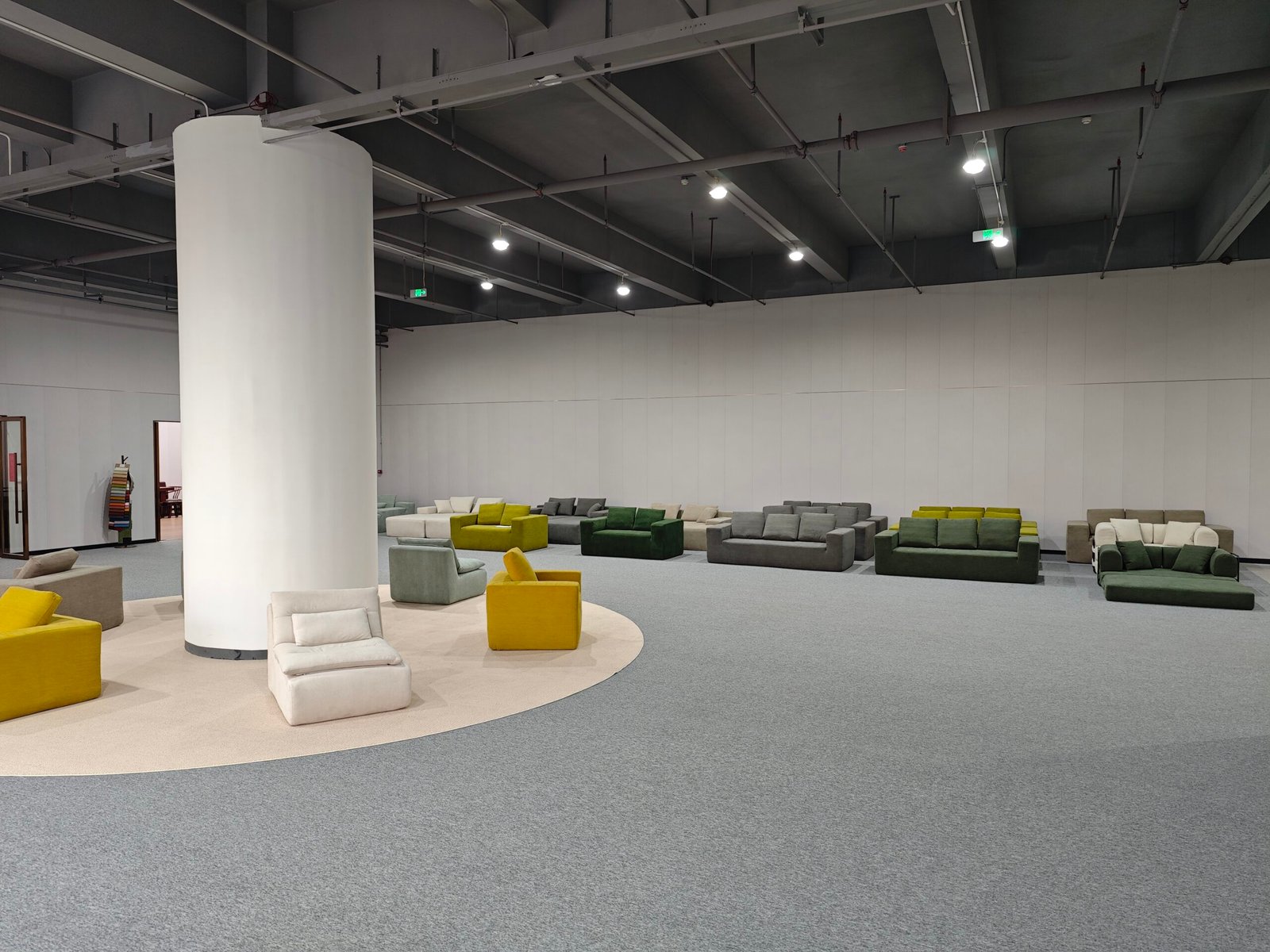
Sustainability used to be a niche. Now, it’s a core buying reason.
Eco-conscious consumers are choosing compressed sofas because they align with their values—sustainability, affordability, and minimalism.
In Canada alone, I’ve seen a 40% increase in orders from families looking to furnish responsibly. Many of them ask questions like:
- “Is the wood FSC-certified?”
- “Can I recycle the packaging?”
- “What’s the CO₂ impact per shipment?”
They care. And compressed sofas answer those concerns, while still looking great in the living room.
Conclusion
Compressed sofas aren’t just convenient—they’re a smarter, greener furniture choice for modern homes. From lighter materials to cleaner shipping, they help you live better while treading lighter on the planet.